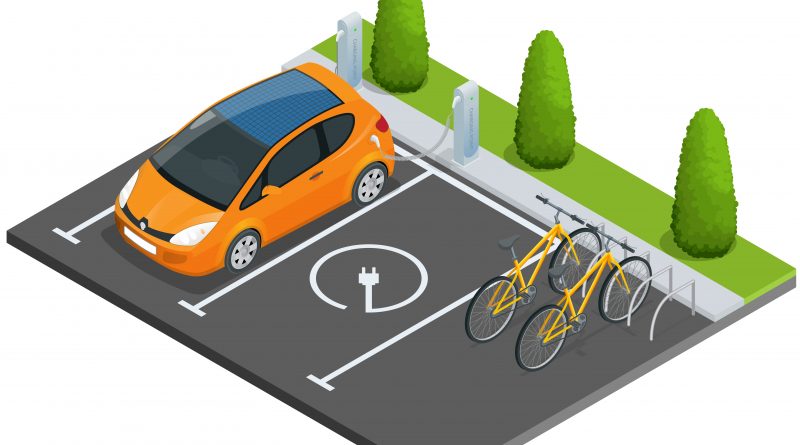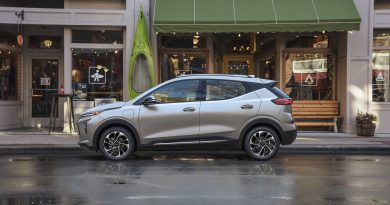Driven: The Race To Create the Autonomous Car, by Alex Davies
Weekend Read. This book, Driven: The Race To Create the Autonomous Car, is worth reading for anyone who is interested in understanding a bit more about the breakneck pace of ambitious, high-risk, and often controversial, innovation that comes out of Silicon Valley, as it pertains to emergent mobility technology like autonomous cars. It’s also valuable for anyone interested in understanding how this culture contrasts and clashes with the more traditional, more conservative management structures of the US auto industry– and what that industry is doing to adapt, slowly but surely.
The Technical Bits, Or Lack Thereof, of Autonomous
I admit that I may have had high expectations as a city planner and transportation enthusiast. I know more than a few names in this book, a couple personally, and so it’s weird to run into something so topical and close to home. But I ultimately found this book somewhat lacking in both technical depth about the technologies, and broader context of 1) the business of AV’s and 2) AV’s in the context of urban space and public infrastructure.
My major frustration is that Davies spends a large portion of the book dedicated to a play-by-play of this autonomous vehicle competition hosted by DARPA a couple of times in the middle of the Nevada desert. It’ll be like, “Dr. Broey McBroerson, from MIT, hauled a case of empty Natty Light cans out of his RV, which he had accidentally set on fire the previous evening while high asf and eating burritos, and got ready for another day in the sweltering Nevada sun. It was 4am, and he hadn’t slept more than two hours. It was time to start building some robots, again.”
Mobility
Boys With Toys
This backdrop is interesting enough, if you get beyond its “boys with toys” frat party elements. But it’s not worthy of the single largest chunk of the book. He marks this as the watershed moment in the development of AV technology. But he’s also given only passing mention to earlier AV technology, or the urban context of autonomous vehicles in general. He’s given minimal attention to explain technical details, and makes virtually no mention of the development of the software that is the core of any AV platform.
Instead, it’s a lot more talking about lame, entitled tech bros like Anthony Levandowksi and other Googlers. Levandowski, who just famously lost a gigantic lawsuit for something like one hundred trillion dollars (and I believe is currently in prison?), is appropriately portrayed as a dick. But there’s also this subtext of how great Silicon Valley is because of their ineffable hunger for #innovation.
I guess those people aren’t that exciting to me? Like, who cares about the specific sequence of this team versus that team testing which portion of what on which street in what overpriced Bay Area suburb? Give us something more interesting. Like the anecdotal aside about how Levandowski managed to cleverly bootstrap some regulation about AVs on public streets. THAT is an interesting story, I thought– but regulation is mentioned only minimally.
Urban Context
Also felt like there was no mention given to the context of AV’s in cities– whether you want to talk about “smart cities,” how AV’s can connect with other systems (like roads or homes or cell phones or what have you), or, indeed, how cities can and should be designed around The Cars Of To-Morrow. Nay, this content is all instead found in Bill Mitchell’s Reinventing the Automobile: Personal Urban Mobility for the 21st Century (2010), which has some especially interesting ideas in a contextual wasteland that uncritically embraces automobile as liberty machine, or whatever.
But I digress.
Fortunately, it’s a quick, well-written read, so I think it’s still worth recommending. Just not anything earthshattering. This book has enough interesting anecdotes about people who are doing really important stuff in the industry that it’s definitely a great introduction to the subject. And it’s very well tied together as far as how we as a society were able to go from primitive, chunky automated vehicles in the early 2000’s to sophisticated AI in our cell phones that connect to cars that can safely drive us around cities less than 20 years later. Interesting to think about where we’ll be in a few years. Not in autonomous vehicles, in my humble opinion– but a lot of the technologies being developed as part of this will have widespread promise and application for how we think about mobility and cities in general. (⭑⭑⭑, NMZ)
Check out the book on Amazon, and then, you know, buy it from your local bookstore. This article is part of an ongoing series on mobility and transportation.




